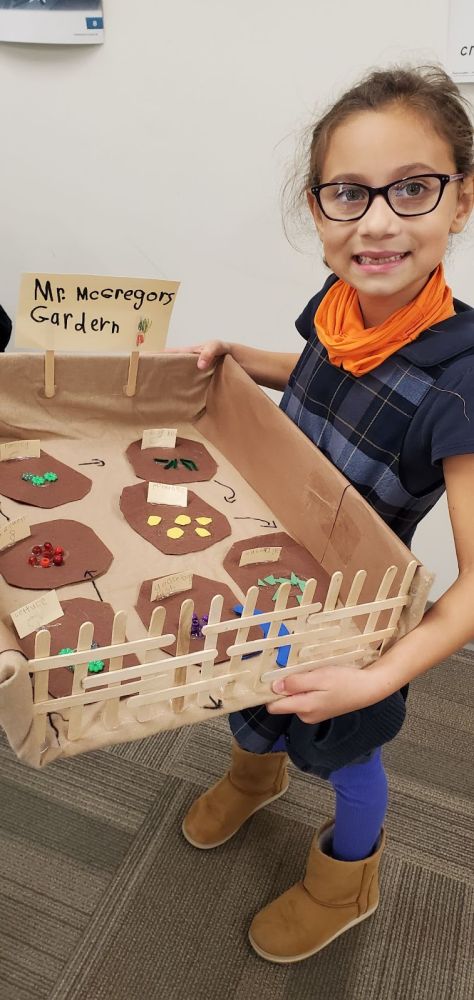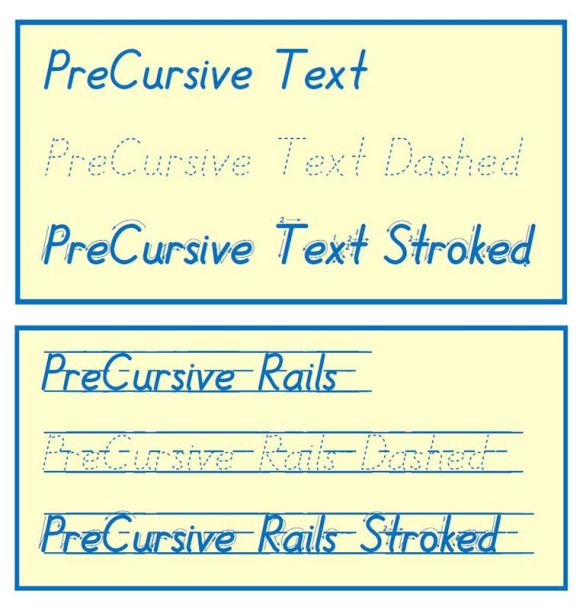English Language Arts (ELA) Curriculum

BJU Press’s elementary English product line connects skills in writing, mechanics, listening, speaking, and viewing to provide students with a solid English language arts foundation. Students study one part of speech at a time, mastering English conventions through spiral review and regular practice of each skill. Proofreading activities give students practice in analyzing sentences, identifying grammatical errors, and correcting errors within the context of writing. Students follow the writing process to write opinion pieces, informational texts, and narratives. Teacher modeling and student collaboration help students develop their craft as they write in various genres for real-world contexts.
At HLA, we use the BJU Press curriculum to lay the foundation for writing in kindergarten through second grade. In third grade, students transition to a standards-based writing curriculum called Simplify Writing. This writing program uses research-based strategies such as teacher modeling, student exemplars, and strategy focused direct instruction. Students will be exposed to and explore various styles of writing (narrative, informational, descriptive, etc.) as they creatively build their own content. Simplify Writing is also the grammar program we use at HLA and grammar is taught within the context of writing. Students demonstrate mastery of grammatical topics covered through their writing samples. Visit the Simplify Writing website for more information.
After learning the mechanics and structure of sentences (in first and second grade) and gaining exposure to various types of writing (in grades three through five), students begin to put the pieces together in 6th grade using the EB Writing Program.
A successful middle school ELA curriculum is rooted in writing about literature. To that end, students learn evidence-based writing using the literary-analysis framework from EB Academics. They apply the learned framework to expository writing (descriptive) and master the art of storytelling with the personal narrative. This same framework will guide them into the upper grades as they use the framework for other types of writing such as persuasive, argumentative, compare and contrast, etc.
Reading
HLA uses the BJU Press Reading curriculum in grades 1-6. BJU Press’s elementary reading product line develops student literacy by focusing on literary skills and comprehension strategies. Students build on the phonics foundation laid in the early grades, reading texts of increasing complexity in a variety of genres. Students develop their communication skills through oral and silent reading, responsive writing, and oral presentations. Using the before, during, and after reading process, students learn literary terms, reading strategies, and vocabulary words, and they learn to evaluate all that they read from a biblical worldview.
Because reading is one of our core subject areas and a primary area of focus at the elementary level, we dedicate frequent targeted reading practice on campus and satellite days. Teachers use differentiated reading groups within the classroom to respond to varying levels of proficiency, incorporating targeted skill practice in the areas of letter recognition, phonemic segmentation, decoding, word recognition, oral reading fluency, vocabulary, and reading comprehension. Differentiated reading instruction is also programmed on satellite days as the co-teacher leads instruction.
Sixth grade students continue the BJU Press reading program with the Perspectives in Literature anthology.
Age-appropriate novel studies supplement the BJU Press reading program in every grade level.
Handwriting
| Kindergarten | BJU Focus on Fives (print) |
| 1st grade | BJU Handwriting 1 (print) |
| 2nd grade | BJU Handwriting 2 (cursive) |
| 3rd grade | BJU Handwriting 3 (cursive) |
| 4th grade | Typesy Typing Program |
| 5th grade | Typesy Typing Program |
BJU Press’s handwriting product line guides students as they develop individualized handwriting that is natural, legible, and attractive. Beginning in K5 and Grade 1 with the formation of letters through patterns, students learn to write continuous-stroke letters, the foundation of both our pre-cursive and cursive systems. In Grade 2, students develop a rhythm and flow that eases the transition to cursive writing. In Grades 2 and 3, students will continue to learn and reinforce natural, legible, and attractive handwriting. Activity pages with engaging themes and cross-curricular content give students opportunities to perfect their handwriting through supported practice, practice from memory, and creative writing. Handwriting fonts and styles are shown below.
After having 2 years of print instruction followed by 2 years of cursive instruction, students will begin developing typing skills using an online keyboarding program from Typesy. Students don’t even notice they are working as they sail through this interactive program, building skills as they progress. In most cases, all typing work and practice is done on the satellite campus. Students will continue with Typsey for 2 years, rounding out our 6 year handwriting program. In 6th grade and beyond, students will type the majority of their published works.
We know handwriting is best learned when applied and not taught in isolation. For the most part, the students practically apply the handwriting curriculum when completing writing exercises and assignments within their writing curriculum.







